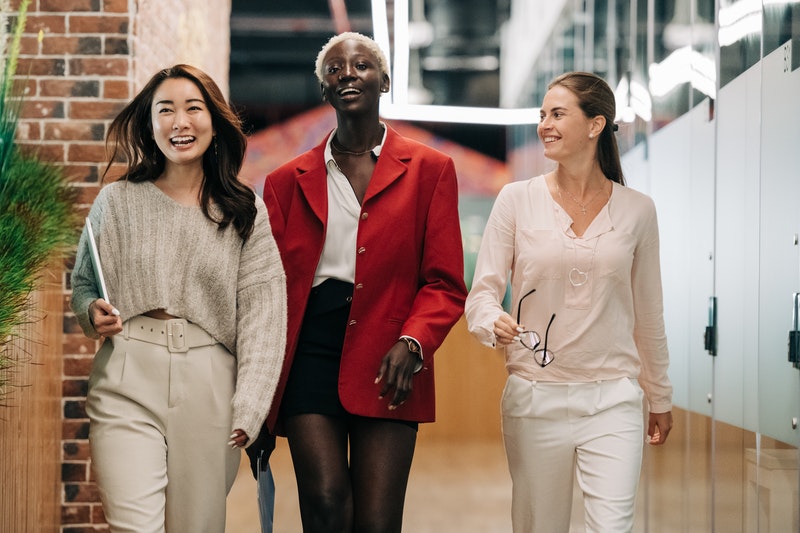You will have the understanding to understand and use each interior designer’s essential interior design concepts to generate an excellent design following this article, and who knows, you might even save money or start a new business! Allow us to begin and find out what interior design is all about.
Harmony and Unity
When it comes to interior luxurious design, it is vital to think of the home as a whole, selecting rooms connected by halls and stairways. As a result, it’s just natural that a constant fashion and theme runs throughout. This does not mean that all interior design pieces should be indistinguishable; instead, they ought to match and work together to enrich the overall composition. A well-considered use of color is one method to establish this theme or storyline. Color schemes, in general, are a superb way to bring disparate locations collectively. Choose three or four colors, for example, and use them in diverse tones around the house. The use of a color-matching wheel is an excellent place to get started.
Point of Focus
Boredom is the most prominent opponent of interior design. A well-designed space will always have one or more focus points based on its dimensions. A focal point has to be appealing enough to catch the viewer’s attention and lure them into exploring deeper. Because of this, a focal point must leave a lasting impression and become an integrated component of the decorating, with scale, style, color, or theme linking it to the rest of the room..
Rhythm
If we discussed music, we would specify rhythm because of the defeat of the music’s pulse. Rhythm is all about visual pattern recurrence in interior design. Rhythm is described as a pattern of reproduction, reproduction, or structured movement. It would be helpful if you believed repetition, development, transition, and comparison to establish these themes in a strategy. These devices will present your place with a sense of mobility by directing the eye out of one design feature to the next.
The use of the same element in a place more than once is referred to as repetition. A pattern, texture, color, or another feature can be replicated or even multiple elements.
Taking apart and improving or decreasing at least one of its properties is called development. A gradient by dimension would be the most obvious instance of this. The natural development of a cluster of candles of different sizes on a simple plate provides intrigue. Advancement can also be achieved via color, as in a monochromatic color scheme in which each element is a somewhat different shade of the identical hue.
Contrast is a relatively simple idea. This design idea is distinguished by juxtaposing two components, such as black and white cushions on a couch. Contrasts in form, like rectangles and curves used together, can also imply resistance. Contrast is often used to invigorate a place and may be somewhat unsettling.
Details
Detailing is another crucial aspect of interior design for luxury residences where meticulous attention to detail is required. Everything from the lampshade trimming to the color of the piping on the dot pillow into the light switches and cupboard handles needs to be carefully considered. Details should not be conspicuous. However, they need to be appropriate and add to the room’s overall atmosphere.
Scale and Proportion: These two design components are related to shape and size. Thus they go hand in hand. The ratio describes the way one design attribute compares to a different or how one bit compares to the entire. The size of one thing about another is what scale is about.
Shade: When it comes to interior design, colors greatly influence the ambiance you would like to create.




